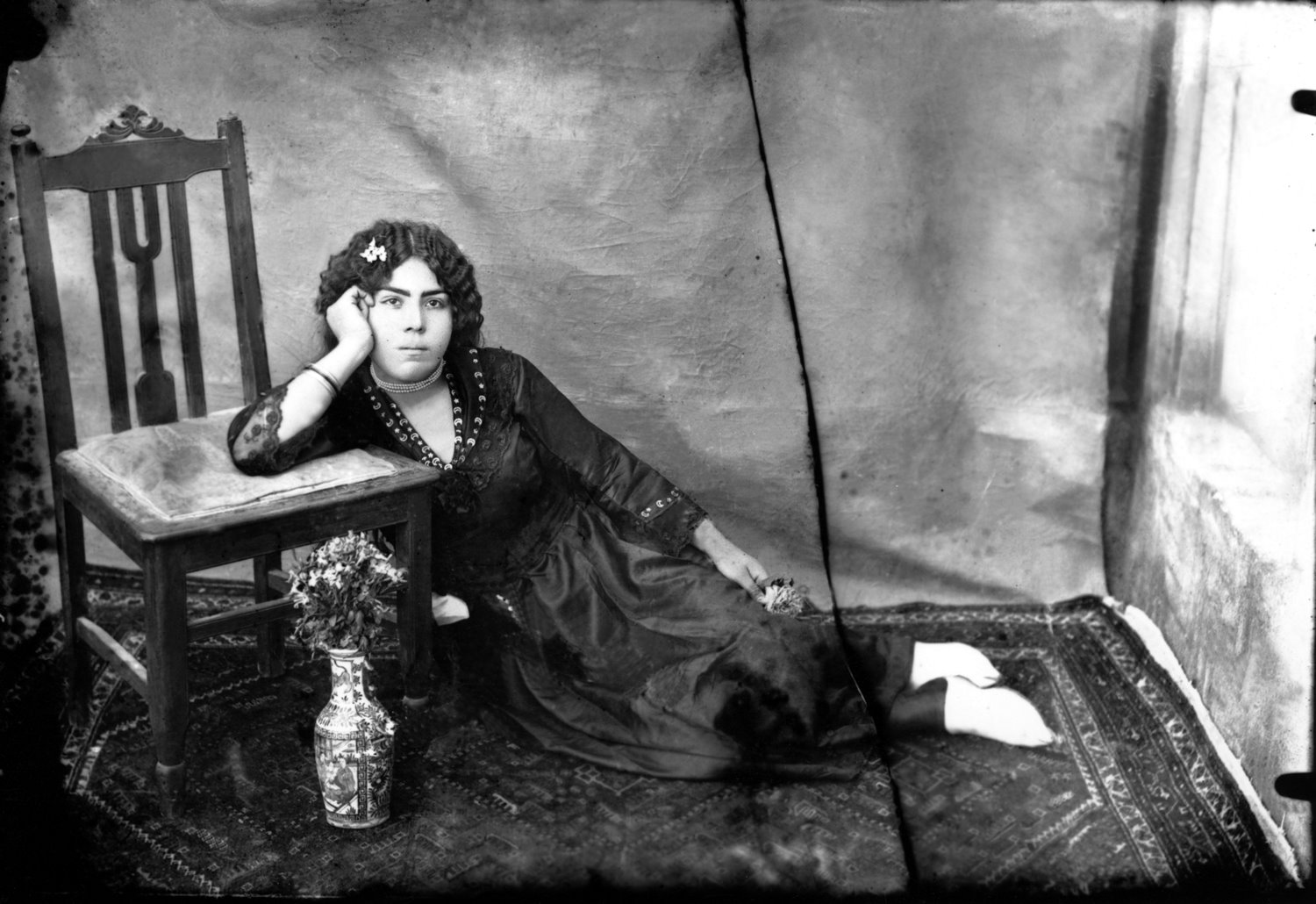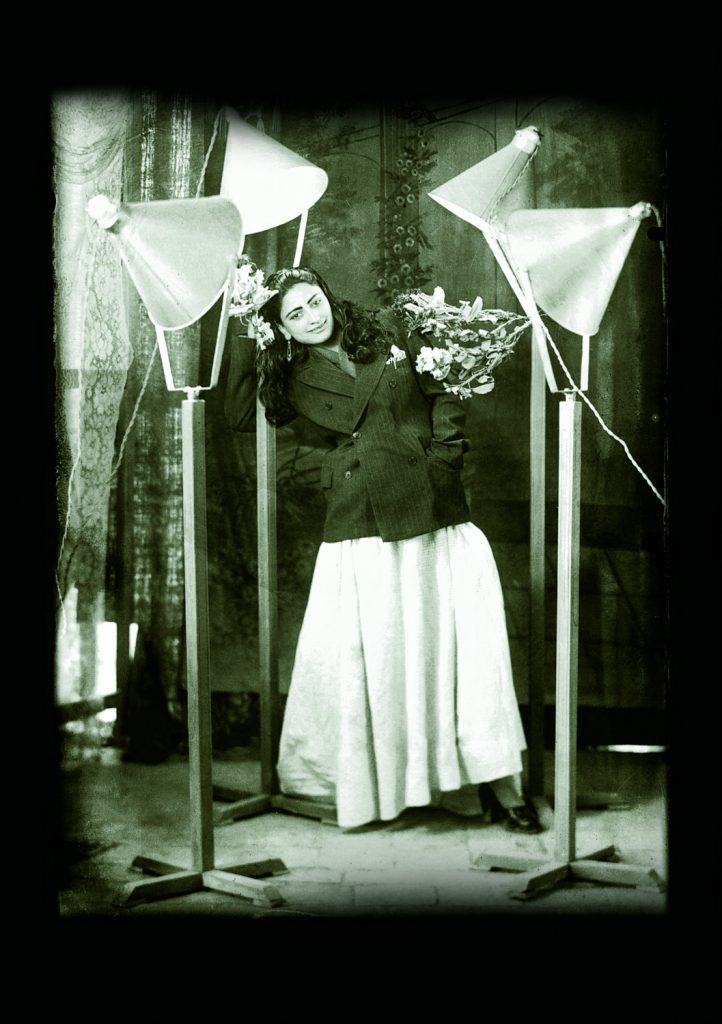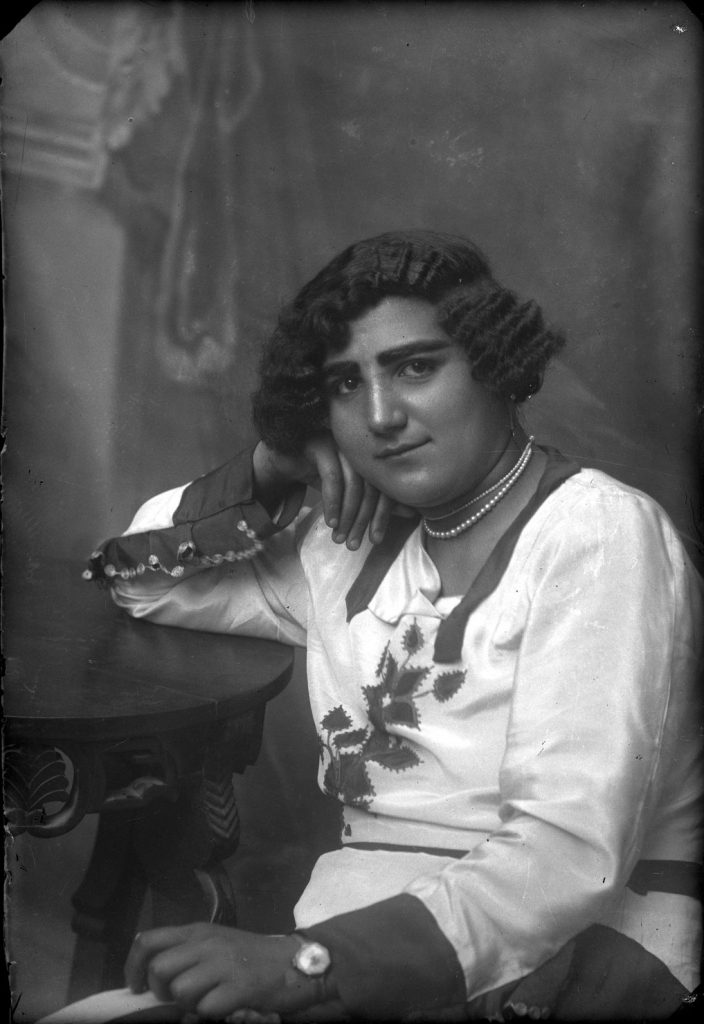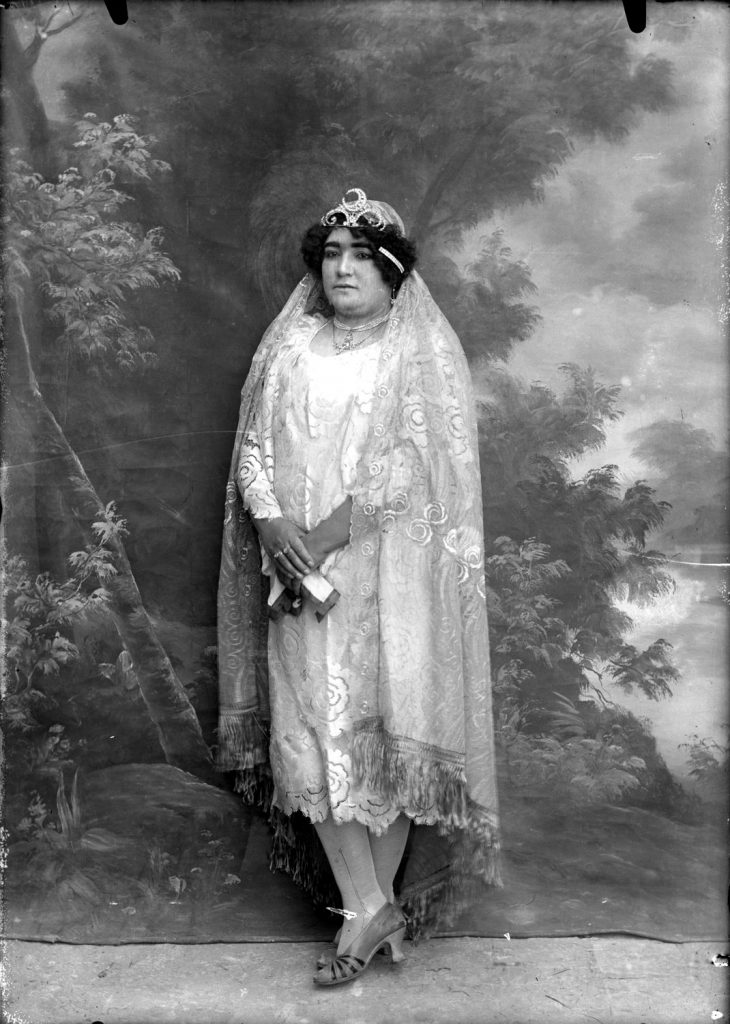Before your eyes
'Men are forbidden from entering'
Wait! Don’t get suspicious about the exhibition — there was no nudity on display! Just old photographs of ordinary people, collected by the talented researcher and photographer Parisa Damandan.
The women-only exhibition, ‘Before Your Eyes’, was held last May at No. 6 Gallery in Tehran, and showcased photographs of Iranian women taken between 1921 and 1961, following the prohibition of the hijab by Reza Shah Pahlavi.
Born in 1967, Parisa Damandan became fascinated by the history of portrait photography during her first year at Tehran University, where she was enrolled as a photography student. She began researching the origins and development of the discipline upon returning to her native Isfahan, a city with a unique tradition of all kinds of arts and crafts.
The photos provide a remarkable insight into life in Iran at a time when its traditional culture was giving way to modernity — a transformation that was in ways reversed after 1979.
“When I began my research I started with nothing. I had no experience and no knowledge about how to deal with the information I was looking for. It was not just that I was new to the subject; the subject itself was new. There were no articles about portrait photography. Finding people who had anything of value to say on the subject was like looking for a needle in a haystack. I began by collecting glass-plate negatives. To my surprise, I discovered that photo shops in Isfahan were only too pleased to get rid of this ‘junk’. No government department had shown any interest in this cultural heritage, and no facilities existed to organise its conservation, study or publication.”

Over a period of 10 years, Damandan acquired more than 20,000 original copies and negatives, mostly glass plates of different sizes and makes. The plates had been exposed in every camera imaginable, from wooden boxes to pure light and everything in between. She spent many years assembling this sizeable collection of portrait photographs, taken during the first half of the 20th century. They provide a remarkable insight into life in Iran at a time when its traditional culture was giving way to modernity — a transformation that was in ways reversed after 1979.
I began by collecting glass-plate negatives. To my surprise, I discovered that photo shops in Isfahan were only too pleased to get rid of this ‘junk’.
The photos tend to show members of Isfahan’s middle classes. They feature a variety of social and professional groups; among them are numerous tourist snapshots. Portraits of individuals and families are also well represented. The figures in the photos reflect the changes that were engulfing Isfahan, drastically transforming its people and way of life. The collection provides a remarkable view of the rise of industrial society and the changes that followed the military coup in 1920.
Having assembled this valuable collection, part of Damandan’s research was published as her thesis. She then decided to publish a book containing portrait photographs of Isfahan. But with the establishment of the Islamic Republic in 1979, Iranian women were required to wear the hijab — and photographs of uncovered women were forbidden. As a result, all of the portraits of women without hijab from the Pahlavi era were removed by the Ministry of Culture and Islamic Guidance, including photographs of everyday life, women’s dress, weddings and engagement ceremonies, family portraits and all-girls’ schools. Needless to say, these photographs constitute an invaluable visual history of Iranian society during a crucial transitional period. Their preservation and exhibition for future generations, and for Iranian women in particular, ought to be a priority for authorities involved in women’s cultural affairs.
With the establishment of the Islamic Republic in 1979, Iranian women were required to wear the hijab — and photographs of uncovered women were forbidden.
This is the motive behind Damandan’s decision to organise an exhibition of her collection, which she was prohibited from publishing in book form. The irony of the present regime’s censorship of these photographs is revealed by the fact that most of them were taken by men. At that time, photography was a vocation practiced mainly by men, and none of the subjects nor their families posed any objections. Now, over half a century later, the mere idea of men looking at such images is scandalous.
Parisa Damandan played on this irony, announcing in the promotional materials for her exhibition that ‘Men are forbidden from entering’ — for a change.

2 thoughts on “Before your eyes”
Leave a Reply
You must be logged in to post a comment.









GOOD LUCK.